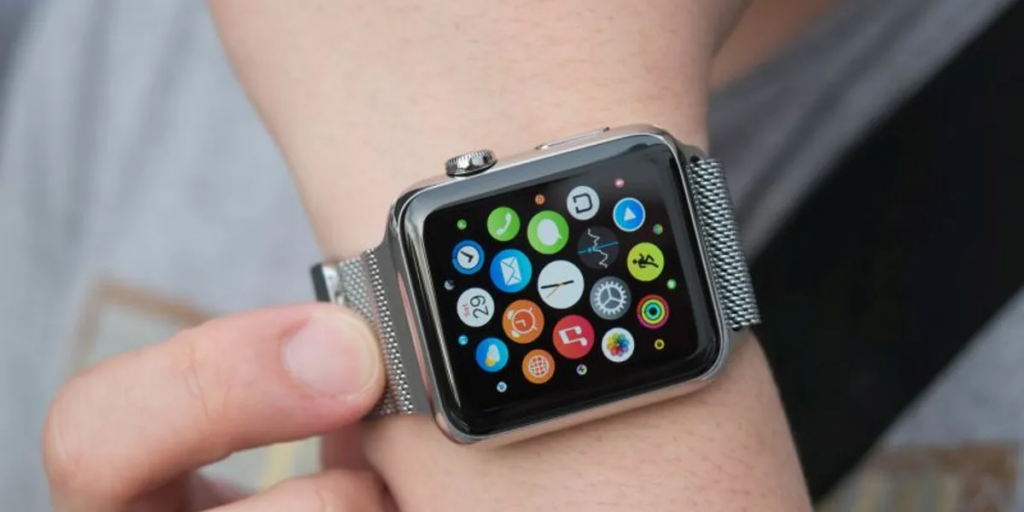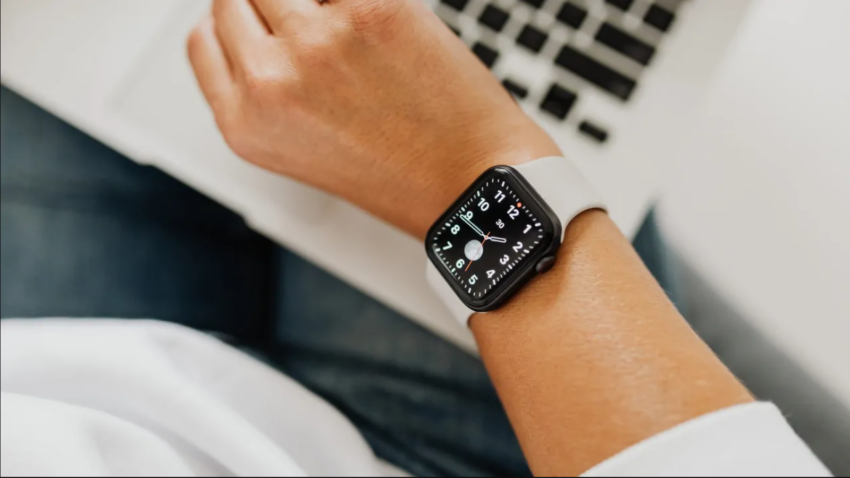New research reveals that smartphones and devices like the Apple Watch can detect early, untreated Parkinson’s disease. These tools could help researchers measure the disease more objectively and quickly develop novel treatments for early-stage patients.
“This research shows that readily accessible and ubiquitous technology has the potential to detect and objectively measure the severity and potential progression of important symptoms of Parkinson’s disease,” said University of Rochester Medical Center (URMC) neurologists Jamie Adams, MD, first author of the journal study.
Parkinson’s is the fastest-growing brain disease, but most of its treatments were developed in the last century. New therapeutics have been hampered by illness complexity and current measures. Patients’ symptoms, such as stiffness in the arms and legs, walking problems, and tremors, and disease course differ.

Parkinson’s disease’s typical tracking methods are subjective and episodic, only collected during clinic visits.
Telemedicine, wearables, remote monitoring, and mobile apps have been pioneered by URMC Center for Health + Technology (CHeT) researchers to increase access to care and conduct decentralized clinical studies. URMC neurologist Ray Dorsey, MD, and the CHeT team launched the first smartphone research app to monitor Parkinson’s disease in real time with Sage Bionetworks in 2015.
During Apple’s semi-annual product introduction event, 15,000 people used mPower to do research. mPower and another Android software can accurately track Parkinson’s symptoms, according to studies. New smartwatch study senior author Dorsey.
Since mPower’s launch, smartwatches and technology advances, particularly in gyroscopes and accelerometers that can more accurately track movement, have increased their research potential.
Researchers at different U.S. sites recruited 82 early, untreated Parkinson’s patients and 50 age-matched controls for the 12-month WATCH-PD study. Clinic volunteers donned research-grade sensors, an Apple Watch, and an iPhone for standardized assessments.

The smartphone app measured cognitive functions, speech, and finger-taping speed.
After each clinic appointment, participants wore the smartwatch for seven days and did smartphone motor, speech, and cognitive tests every other week. The smartphone app measured finger-taping speed, cognitive activities, and speech, while the smartwatch measured arm movement, tremor duration, and gait.
Early Parkinson’s patients had a motor and non-motor differences from age-matched controls. The team is conducting longitudinal analysis and a longer-term study to determine which digital measures are sensitive enough to help researchers assess whether an experimental therapy is slowing disease progression.
“These findings reinforce what other studies have shown—digital devices can differentiate between people with and without early Parkinson’s and are more sensitive than traditional rating scales for some measures of Parkinson’s disease,” said Adams. The smartphone software found irregularities in speech rated “normal” by researchers. “Better measures will result in faster, patient-centric therapy evaluation.”

